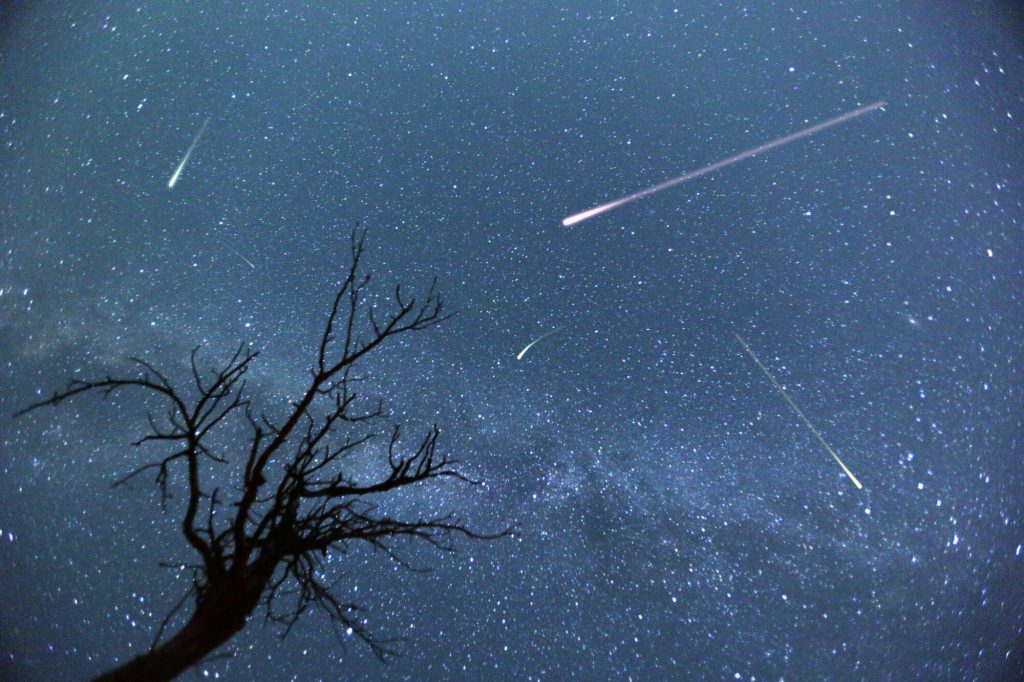The summer months are the perfect time to stop looking down at your electronic devices and look up at the spectacular show the night sky puts on for us all.
“The universe is sending us a message: It’s a good time to look at the sky,” said John Mulchay, director of the Carnegie Observatories in California.
Carnegie Science, where Mulchay also serves as associate director for science, has documented some of the best places to see all sorts of celestial events, and this time of year in particular is a great time to do so, John says, because it brings together all of nature’s fireworks, from the supermoon to Saturn’s rings to meteor showers.
“The sun is very active right now,” Mulchay told WTOP, “which means there’s a good chance that the aurora will be visible from dark locations in the Washington, D.C. area within the next six months to a year.”
Mulchay said that’s very unusual for the area, but it’s not the only thing they’re seeing during this prime time of year.
“There are other events and phenomena that occur much more frequently,” Mulchay said, “including the Perseid meteor shower, which is a chance to see as many as 100 shooting stars per hour. It’s very exciting.”
The meteor shower is expected to peak on the night of August 11 and remain visible through August 12. Mulchay said events like this are fun, free and all you need is your eyes.
But to see a meteor shower or any other phenomenon, there are a few things you can do to make the experience worthwhile.
“Get out of the city,” Mulchay told WTOP, “get out into the suburbs. Get somewhere with a clear view of the horizon and far away from the lights. That really affects visibility.”
Another key, he said, is to wait until the moon is hidden and it’s dark, so you can see the shooting stars better.
“If you can stay up past midnight, the meteor shower will be spectacular,” he said.
“You’ll also see some great planets in the summer,” he added. “Saturn, Jupiter and Mars.”
You might need a telescope to see them, he says, but you don’t have to spend a lot of money — with modern technology, it shouldn’t cost more than a few hundred dollars.
“You can start with something small and then, as your child continues to show interest and gets really into it, you can consider buying bigger and bigger telescopes,” he explained.
“You can do a lot of great things with just binoculars,” he said, for those on a budget.
The conclusion?
“Step away from your phone and get out into the night, you won’t regret it,” Mulchay said.
Sign up to get the latest news and daily headlines delivered to your email here.
© 2024 WTOP. All rights reserved. This website is not intended for users in the European Economic Area.


